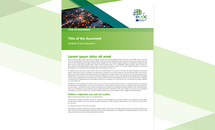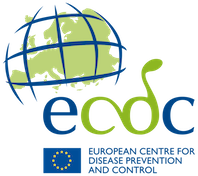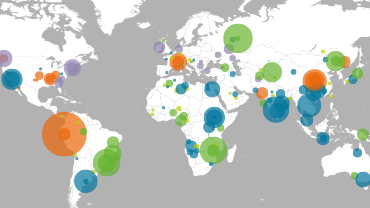Salmonellosis - Annual Epidemiological Report for 2023
Salmonellosis is the second most commonly reported gastrointestinal infection in the European Union/European Economic Area (EU/EEA), and the most common cause of food-borne outbreaks with a known pathogen.
In 2023, 78 307 laboratory-confirmed cases of salmonellosis were reported in the EU/EEA, of which 88 were fatal – a rate of 18.1 cases per 100 000 population. Case numbers almost returned to pre-pandemic levels in 2023, and statistically significant increasing trends were observed in seven countries between 2019 and 2023. Only one country observed a decreasing trend.
The reported case rate was highest in young children (0−4 years old), with 91.3 cases per 100 000 population; this rate was nine times higher than in adults (25–64 years old).
Eggs and egg products continue to be the highest risk foods in Salmonella outbreaks.
Among the antimicrobials used to treat severe salmonellosis, resistance increased for fluoroquinolones in 18 of 26 countries between 2019 and 2023, but remained low and stable for third generation cephalosporins.
Download








